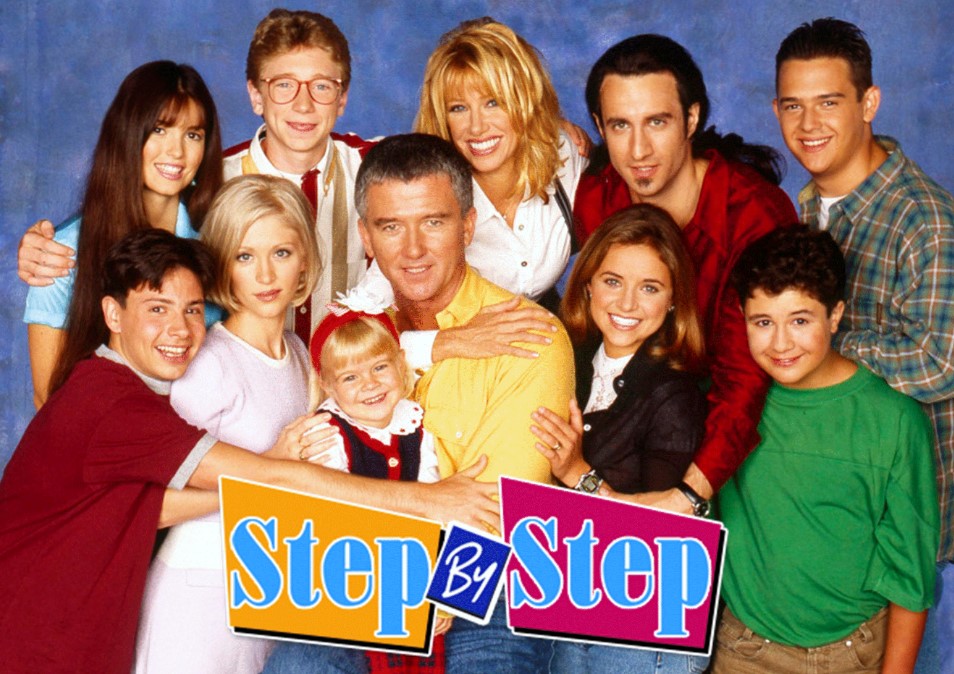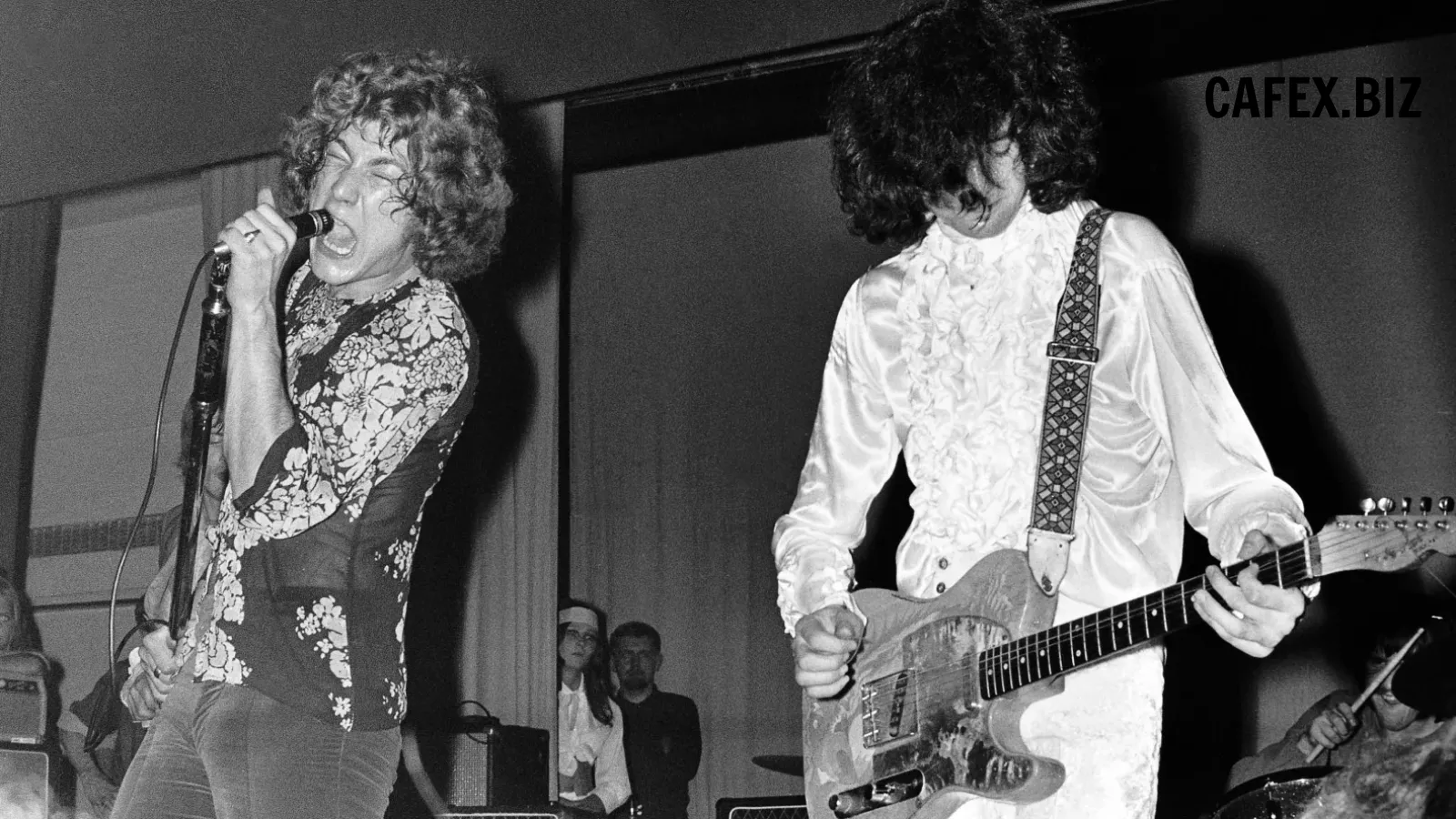In the annals of American television history, few shows have resonated with audiences as profoundly as "Step by Step." Airing from 1991 to 1998, this beloved family sitcom emerged as a quintessential part of the '90s cultural landscape. Created by William Bickley and Michael Warren, the series centered around the tumultuous yet heartwarming journey of two single parents as they merged their disparate families into a cohesive, if occasionally chaotic, unit. In this comprehensive exploration, we will delve into the genesis of "Step by Step," the show's captivating characters, its cultural impact, and the enduring appeal that keeps it alive in the hearts of fans.

The Genesis of "Step by Step"

In the late 1980s and early 1990s, the American television landscape was teeming with family sitcoms. Shows like "The Cosby Show," "Family Ties," and "Full House" had captivated audiences with their wholesome, relatable narratives. It was in this milieu that the idea for "Step by Step" was conceived.
The creative minds behind the show, William Bickley and Michael Warren, were no strangers to the genre. They had previously enjoyed success with "Perfect Strangers" and "Full House," and they sought to create another hit that would combine humor, heart, and the timeless appeal of a blended family. Bickley and Warren's concept was inspired by the 1937 film "The Awful Truth," in which a divorcing couple must navigate various comedic situations together.
The Premise

"Step by Step" followed the lives of two single parents who spontaneously decide to get married after a whirlwind romance. Frank Lambert, portrayed by Patrick Duffy, was a grounded contractor, while Carol Foster, brought to life by Suzanne Somers, was an artistic beautician. The show commenced with their chance meeting during a vacation in Jamaica, which culminated in their impulsive decision to tie the knot. The foundation was thus laid for the blending of their diverse families, including three Lambert children and three Foster children, into one household.
The Lambert-Foster Family: A Multifaceted Ensemble

One of the key strengths of "Step by Step" was its diverse and multifaceted ensemble cast. Frank Lambert and Carol Foster served as the show's parental figures and foil to each other. Frank was the quintessential blue-collar worker, while Carol brought a more sophisticated, upper-middle-class perspective. Their stark cultural differences provided ample comedic material throughout the series.
The children, however, were the heart and soul of the show. Christine Lakin played the role of Alicia 'Al' Lambert, the tomboyish middle child who brought spunk and sass to the Lambert family. Brandon Call portrayed J.T. Lambert, the quintessential teenage heartthrob and ladies' man. Staci Keanan took on the character of Dana Foster, Carol's intelligent and strong-willed daughter. Alongside them were Angela Watson as Karen Foster, Patrika Darbo as Penny Baker, and Christopher Castile as Mark Foster, all of whom contributed to the eclectic mix of personalities.
The Chemistry of the Cast

The ensemble cast of "Step by Step" was a major factor in the show's enduring appeal. The characters were relatable, lovable, and each brought a unique flavor to the series. The dynamics between the cast members were incredibly well-executed, and the chemistry between them was palpable on screen.
Patrick Duffy and Suzanne Somers had an undeniable charm as the show's central couple, and their on-screen chemistry played a pivotal role in making their relationship relatable and endearing to viewers. The camaraderie among the younger cast members added authenticity to the portrayal of the challenges and joys of growing up in a blended family. Whether it was the sibling rivalries between J.T. and Al or the budding romantic tension between Dana and J.T., these relationships felt genuine, making it easy for viewers to connect with the characters.
Balancing Humor and Heart

"Step by Step" was remarkable for its ability to balance humor and heartfelt moments. The show provided plenty of laugh-out-loud situations as the two families adjusted to their new lives together. Teenage drama, sibling rivalries, and comedic misunderstandings were par for the course, ensuring that viewers were continually entertained.
But beyond the laughter, "Step by Step" delved into deeper issues and life lessons, echoing the challenges and triumphs of real-life families. It explored themes like love, responsibility, and the value of family. Viewers saw the characters evolve and grow over the course of seven seasons, which added depth and complexity to the series. It wasn't just a comedy; it was a reflection of the human experience.
Cultural Impact

"Step by Step" emerged at a time when family-oriented sitcoms were experiencing a resurgence in popularity. It was a part of ABC's "TGIF" (Thank Goodness It's Funny) lineup, which also featured shows like "Full House," "Family Matters," and "Boy Meets World." This Friday night block of programming was a staple for many American families, and "Step by Step" played a significant role in its success.
The show's appeal extended beyond its domestic audience, as it was syndicated in various countries, garnering a global fan base. The characters, with their relatable family dynamics, transcended cultural boundaries and resonated with viewers around the world.
While "Step by Step" was primarily a comedy, it didn't shy away from addressing important issues, such as divorce and the challenges of blending families. This added depth to the show and allowed it to connect with viewers on a more personal level.
Enduring Appeal

Over two decades have passed since "Step by Step" concluded its original run, and yet, it remains an enduring classic in the hearts of fans. What is it about this show that continues to captivate audiences? Several factors contribute to its lasting appeal.
Timeless Themes: The themes explored in "Step by Step" are universal and timeless. The challenges and joys of blending families, navigating teenage years, and learning the value of love and responsibility are experiences that resonate with people of all generations.

Character Relatability: The characters in "Step by Step" are relatable and authentic. Viewers can see themselves, their siblings, or their parents in the characters, which makes it easy to connect with the show.
Nostalgia: For many, "Step by Step" is a beloved part of their childhood or adolescence. Nostalgia plays a significant role in the enduring affection for the show, as it reminds viewers of a simpler time in their lives.

Relevance: Blended families are still a prevalent family structure today. "Step by Step" was ahead of its time in addressing this, and its themes remain relevant in today's society.
Conclusion

"Step by Step" (1991-1998) stands as a shining example of what a family sitcom should be. With its relatable characters, humorous situations, and meaningful life lessons, it captured the hearts of a generation. The show's enduring appeal is a testament to its timelessness and ability to connect with viewers on a personal level. As we reflect on this classic American family sitcom, we can't help but be grateful for the laughter, love, and life lessons it provided, making it a beloved part of television history that will continue to be cherished



